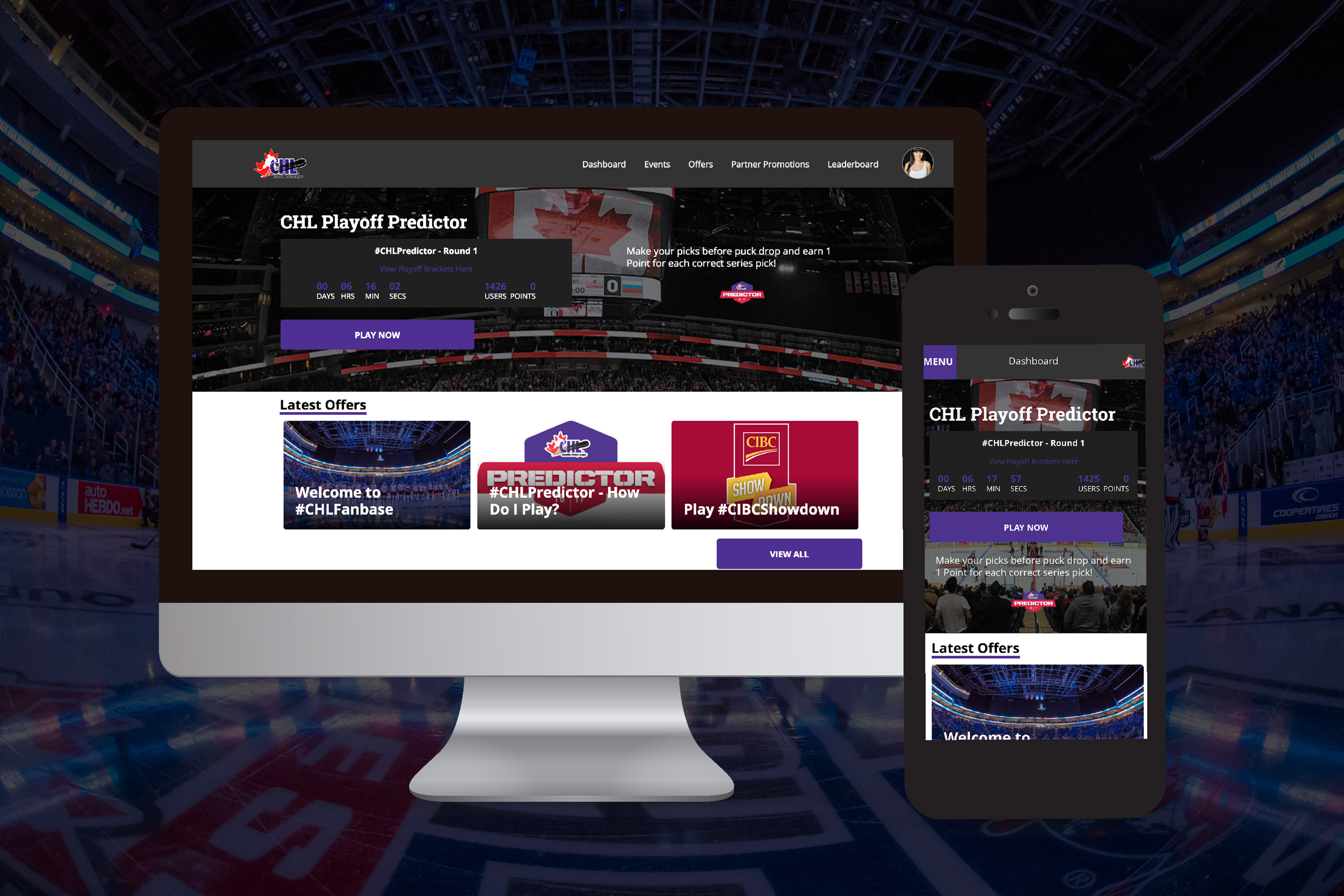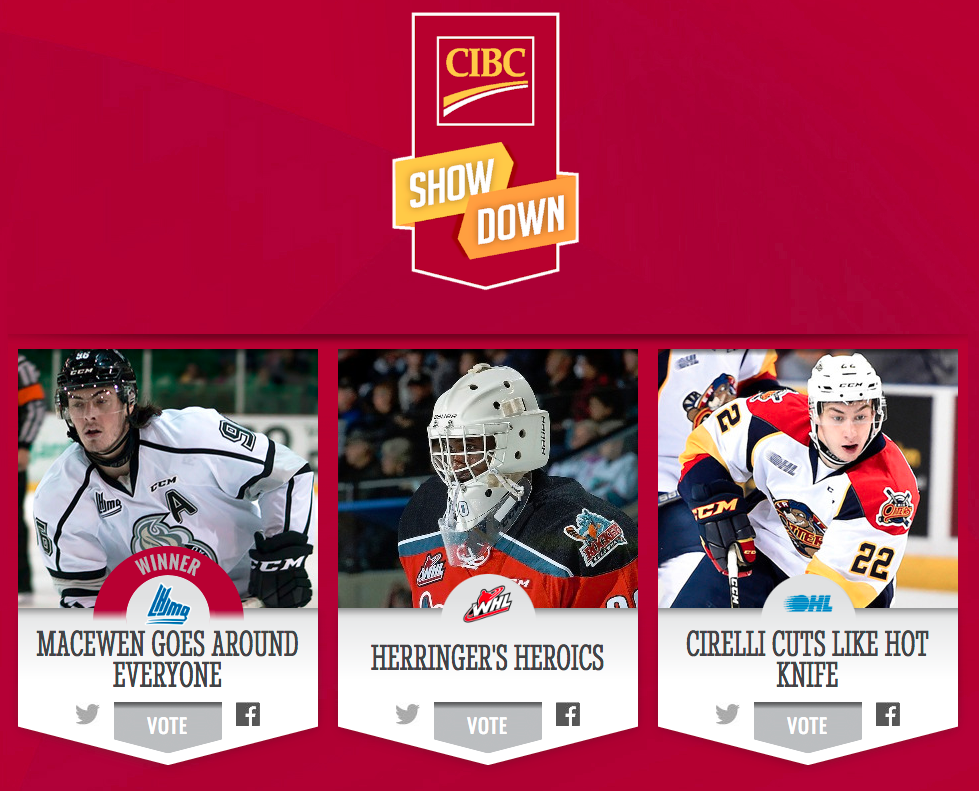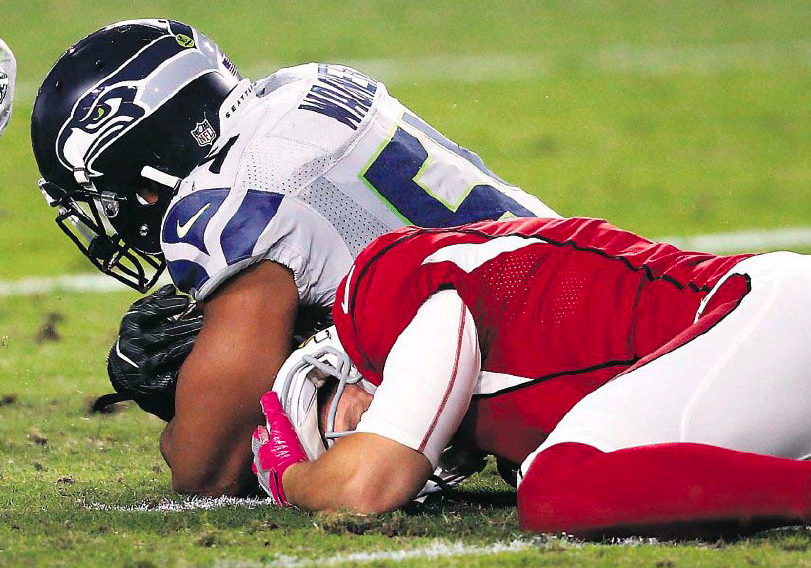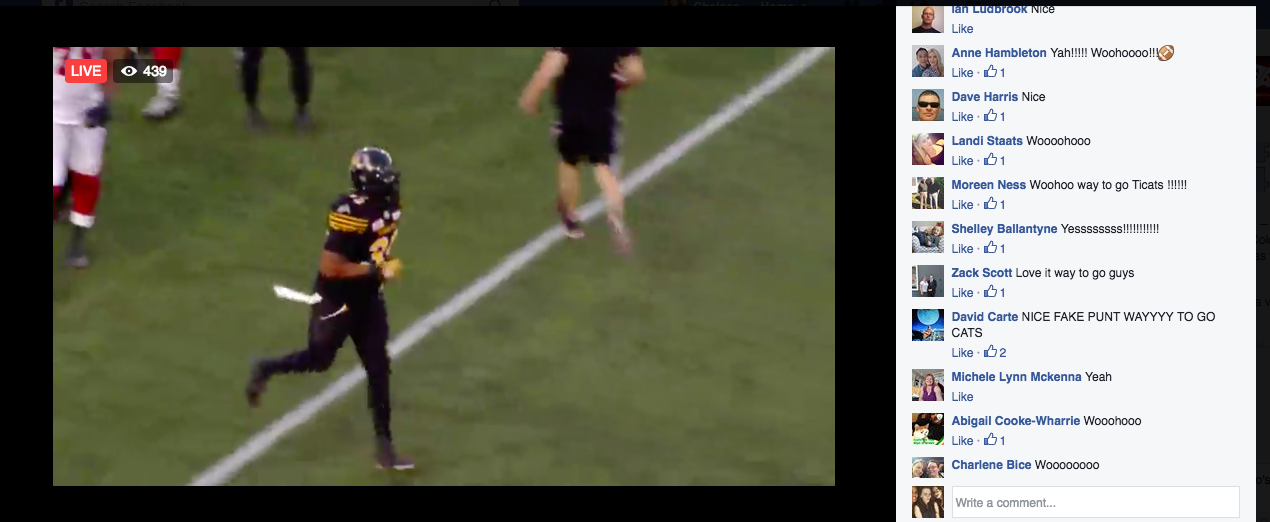Golf Canada Taps Stadium Digital to Launch New National and Provincial Engagement Platform
Golf Canada, along with leading fan engagement company Stadium Digital, today announced the re-launch of golfcanada.ca.
The new platform introduces the roll out of a responsive national website network across Canada’s provincial golf associations, beginning with albertagolf.org. The digital home for the national sport federation is the go-to destination for millions of Canadian golfers and 1,400-member golf clubs across the country.
Developed and powered by Canadian sports technology leader, Stadium Digital, the bilingual platform features a dynamic new content hub to share Canadian golf news, information and highlights of Golf Canada’s slate of championships, programs and services for golfers and member clubs. The sites also feature original content to showcase the next generation of Canadian rising stars as well as informative articles for golf enthusiasts from coast to coast.
“The launch of our new bilingual digital network is an important evolution in golfer engagement for Golf Canada and our provincial associations, allowing us to go well beyond our previous capabilities,” said Golf Canada Interim CEO Jeff Thompson. “Stadium Digital’s network infrastructure platform gives us the much-needed scale so we can connect with our golfers, fans, partners and sponsors in a much more meaningful way.”
The digital network development was supported in part by a grant through the Canadian Olympic Committee’s (COC) National Sport Federation (NSF) Enhancement Fund. The program was devised to assist NSFs in the creation of efficiencies and enhancements that could benefit other sport federations.
“We are thrilled to see Golf Canada develop this innovative digital network to engage with golf enthusiasts across Canada,” says Chris Overholt, Chief Executive Officer of the Canadian Olympic Committee. “The insights learned through this initiative can now be shared with other national sport federations who look to build their own platforms. This is a great example of how sport organizations can work together to strengthen the system as a whole”.
The infrastructure, hosted on the Microsoft Azure Cloud Platform, allows for a streamlined interface for users across devices. While all Golf Canada digital content lives on a single network managed by Stadium Digital, the infrastructure allows provincial golf associations to customize the look of their sites and develop their own unique content and sponsorship opportunities to serve local golfers and clubs.
Highlights of the new digital network include:
- New content hub and video player with full integration of on-demand video
- Standardized look for teams and championships
- Content sharing across all provincial golf associations
- Improved member and golf club services
- New national and local sponsorship opportunities
- Bilingual engagement
- Improved discovery of original content – video, photos and stories
- Enhanced navigation capabilities
“This is an exciting new era for golf in Canada with so many dynamic young players and a growing number of members and marquee events,” said Mark Silver, President of Stadium Digital. “It has been wonderful working with the team at Golf Canada and the provincial golf associations to develop a new platform and content hub to serve golf lovers and fuel Canada’s passion for golf for years to come.”
Stadium Digital has confirmed that work is already underway to build other Canadian provincial golf associations into the platform and that they are ultimately planning to extend the model to other national sports associations.







